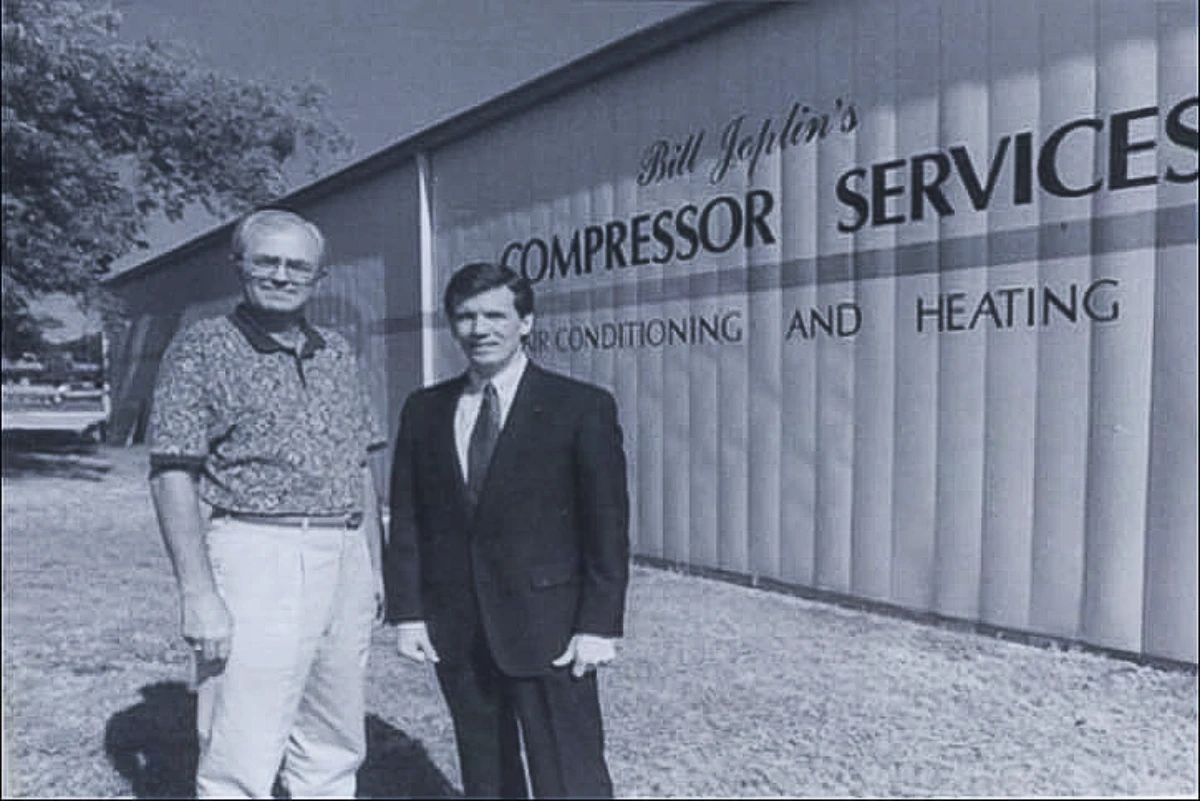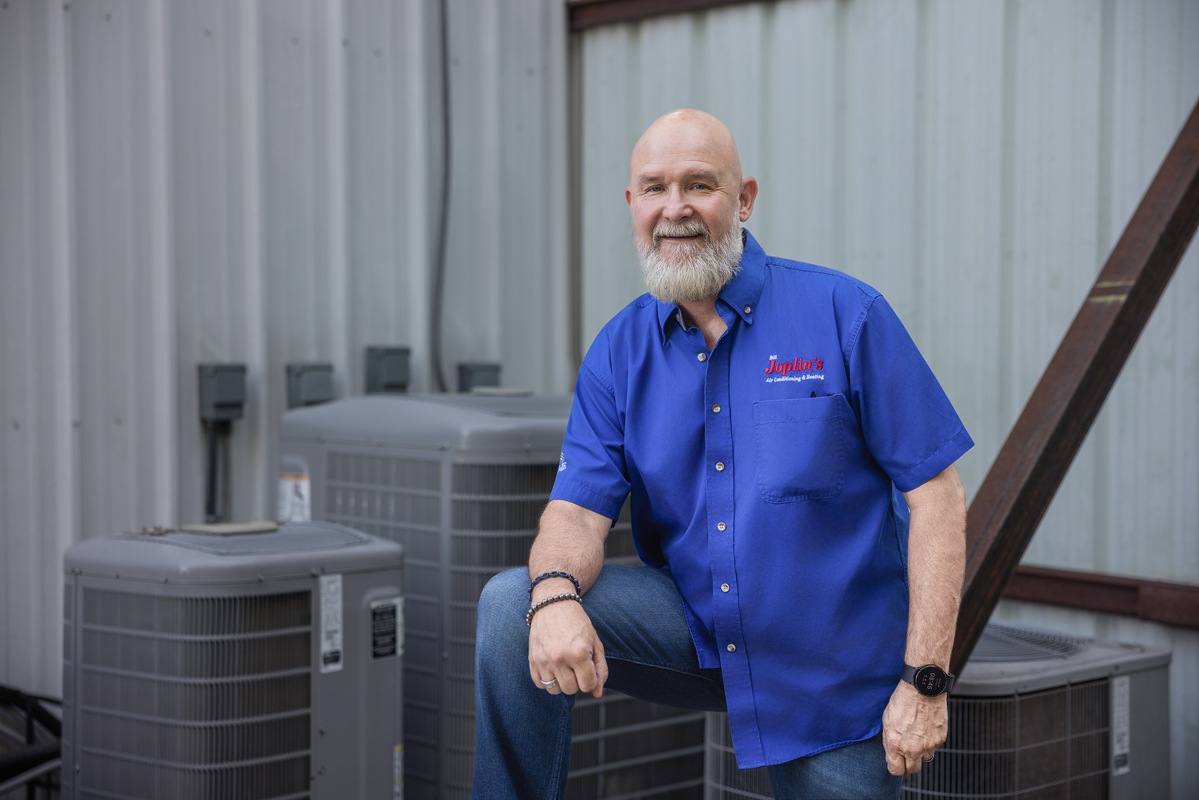A geothermal system consists of coils filled with an antifreeze solution that are placed underground in either horizontal or vertical configurations called loop fields. Just a few feet below the earth, the temperature stays a consistent temperature year-round, depending on the geographic area. The liquid in the coils warms or cools, then travels back to a heat exchanger that heats or cools the refrigerant in the heat pump. This sustainable ground source system requires much less energy to reach the desired temperature than conventional air source heat pumps.
For a vertical loop field, a number of holes approximately four inches in diameter are drilled down 100 to 400 feet and about 20 feet apart. U-shaped pipes carry the antifreeze solution into the holes to absorb the earth’s warmth then transport it back along a trenched horizontal line to the house. This configuration works well for commercial buildings or residences where outside space is limited or landscaping would interfere with trenching.
The horizontal loop configuration is generally used during new construction, where there’s sufficient room to set up the field. The layout is more cost effective than a vertical loop setup, with several two-foot wide trenches dug four to six feet deep. U-shaped plastic pipes or looped coils are placed in the trenches and covered with soil.
Both horizontal loop and vertical loop configurations perform well. Geothermal systems are considered to be one of the most energy efficient, environmentally clean and cost-effective methods of home temperature control. In addition, with few moving parts, it’s low maintenance. The inside component can last for 25 years, and the underground field for 50 years or more. Even though it’s more expensive to install, cost savings can be realized in as few as five to 10 years.
If you would like more information on a geothermal system or other HVAC needs, contact Bill Joplin’s Air Conditioning & Heating. We have proudly served the communities of McKinney, Frisco and Allen, Texas, since 1978.


